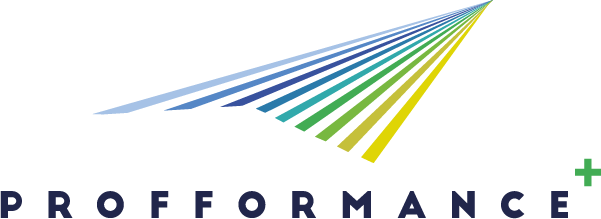Teaching EFL with VaKE
Teaching English as a Foreign Language with Values and Knowledge Education
- 02 - Arts and humanities
1. Student-centered course design
It is assumed that Values and Knowledge Education method complies with some teaching peculiarities of a foreign language. VaKE can be considered as an integrative teaching approach since it is flexible for teaching the four basic language skills together with the moral connected and dilemma-based aspects. The method with its characteristics is relevant to the criteria for the field of languages in Georgian Standard Classification framework of Education. The method provides the learners with the aspects of reflecting on values and their implementation diversity in specific situations, critical thinking, the possibilities to work in groups and autonomously, the questions to discuss and the possibility to get the knowledge relevant to the topic. The method was implemented at European University in 2020. Due to the pandemic, the teaching process was primarily led in an online regime with zoom platform. The EFL group was at upper-intermediate level with law, psychology and IR program students. The students mainly struggled with the productive skills of the target language. During the method implementation the students were encouraged to speak about the topics in the target language, listen to their peers speaking in English, read the information in the target language and write the arguments for the debates. The method could bring the real-life connected aspects into the virtual classroom in terms of giving the floor for discussing the topics related to UN goals of 1. achieving gender equality and empowering all women (phase1),2.Promoting peaceful and inclusive society for sustainable development and build effective institutions at all levels (phase2) and 3.taking urgent action to combat climate change and its impact. The students worked on these problematic topics in the target language and could improve the language skills while discussing the real-life situations though it was fully virtualized. The students learnt how to be collaborative, work in groups, facilitate to the group with the individual contribution and think critically. The implementation of the VaKE method made the teaching process more student-centered especially in the third phase and be tightly connected to the Georgian ISCED for a Language Acquisition part which outlines the collaborative learning, autonomous and group works, searching for the applicable information, active learning, student-oriented teaching, discussions and debates, as the primary teaching methods.
Methodology
Tools, equipment, technology used
Outcomes and outputs, main results
Lessons learnt
Adaptability and sustainability of the best practice (for other institutions)
Promotion of best practice
Scope and impact
- Course/department level
- National level
6.1 Digitalization
- Other:
Digitalizing the face to face teaching method
Reasoning: Transforming the face to face teaching methods into the virtual forms of functioning is challenging though an inevitable fact. Today, in the era of digitalization, the digital immigrants- teachers have to teach the students – digital natives through digital technologies. Using the new tools for the teaching method implementation are not rare. The course outcomes and goals stay the same while the forms of delivery constantly change.
6.2 Internationalization
- International projects/research results embedded into course development and T&L
Reasoning: The method was introduced within the ERASMUS + Project – CURE. The method implementation was a kind of dissemination of the project mentioned above, though it was developed differently in some ways. The method initially does not cover the aspects of phases, though during the implementation process, it was created depending on the students' activity and motivation.
6.3 Inclusion and diversity, universal design
- NOT RELEVANT
Reasoning:
6.4 Sustainability
- Sustainability goals are addressed in the course(s)
Reasoning: Bringing the real-life connected topics with the dilemma- based question are oriented on improving the values and civic education awareness among the new generation who starts building the future in the auditoriums at a theoretical level but realizes them in a real society. Today dilemma-based teaching style is important for every sphere of human activity as we will have to answer the questions such as: Should we replace human with a robot and reduce the human labor?

